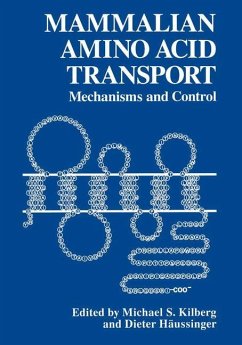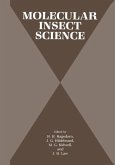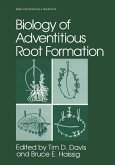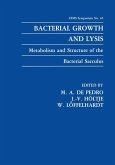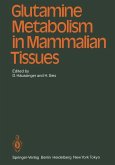Amino acid transport is a part of each of two larger subjects, amino acid metabolism and the biomembrane transport of various . small molecules and ions. Nevertheless in this volume we treat amino acid transport as more than a fragment of either of these two larger subjects. A more comprehensive approach is justified when we remember two historic and ongoing aspects of the title subject. First, amino acid transport had its beginning and acquired a distinct momentum (even if somewhat interrupted from 1913 until about 1945) as amino acid metabolism with the central and pioneer work of Van Slyke and Meyer in 1913. The reviews in this volume will show that it steadily becomes a larger aspect of amino acid metabolism, broadly perceived. These chapters will show for how many organelles, cells, tissues, organs and organ systems, the transmembrane compartmentations and flows of amino acids play very large parts in their fundamental biological relations. The authors here are tending collectively to evaluate an understanding of amino acid flows across biomernbranes, and the regulation of these flows, as necessary to an ultimate understanding of the full range of development and metabolism. Such an understanding goes far beyond the purely substrate-destabilizing contributions by enzymes, which have often been arbitrarily limited to that conceptual entity, "the cell", and which for so long a splendid time had most of biochemical research attention.

